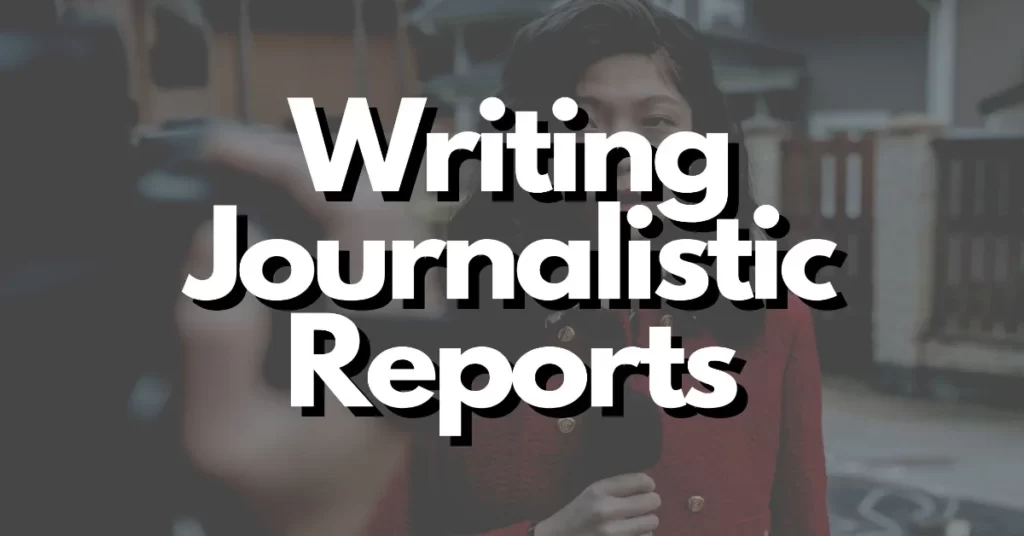Journalistic writing is a critical part of the media industry, allowing journalists to communicate with their audience in a clear, concise, and engaging way. Whether it’s covering the latest news story or crafting a long-form feature piece, journalistic writing requires a unique set of skills and techniques to effectively convey information to readers. But what exactly does journalistic writing rely on?
In this article, we’ll explore the fundamental elements that make up journalistic writing, and how they work together to create compelling stories that resonate with audiences.
From the Lead to the Conclusion: Structure and Organization in Journalistic Writing
Structure and organization play a crucial role in journalistic writing, helping to deliver information effectively and engage readers. A well-structured news article typically begins with a strong lead that captures the reader’s attention and presents the most important information upfront.
It then progresses with supporting details and quotes, arranged in a logical order, to provide a comprehensive and coherent narrative. The conclusion summarizes the key points and leaves the reader with a clear understanding of the story.
By following a structured approach, journalists can ensure that their writing is concise, engaging, and easy to navigate, enhancing the overall impact of their news articles.
Accuracy and Fact-Checking: The Foundation of Journalistic Writing
Journalistic writing hinges on accuracy and fact-checking, as it serves as the foundation of trustworthy and reliable reporting. Journalists have a responsibility to verify information from credible sources before publishing it, ensuring that their content is based on facts rather than speculation or personal bias.
Rigorous fact-checking involves cross-referencing multiple sources, verifying claims and statistics, and seeking comments from relevant stakeholders. By prioritizing accuracy, journalists can maintain the integrity of their work and uphold the public’s trust in the news they deliver.
The Power of Language: Writing Techniques for Journalists
Language is a powerful tool in journalistic writing, allowing journalists to engage readers and convey information effectively. Journalists employ various writing techniques to enhance the impact of their stories, such as using descriptive language to create vivid images, employing concise and clear sentences to maintain readability, and incorporating storytelling elements to captivate the audience.
They also employ techniques like active voice, strong verbs, and varied sentence structures to make their writing dynamic and engaging. By harnessing the power of language, journalists can effectively communicate their message, evoke emotions, and connect with their readers on a deeper level.
Objectivity and Fairness: Balancing Perspectives in Journalism
Objectivity and fairness are essential principles in journalistic writing, ensuring that diverse perspectives and viewpoints are represented. Journalists strive to present information in an unbiased manner, providing a balanced account of events and issues. They seek multiple sources, verify claims, and give voice to different stakeholders to offer a comprehensive view.
While complete objectivity may be challenging to achieve, journalists aim to minimize personal bias and present information fairly. By embracing objectivity and fairness, journalists contribute to informed public discourse and foster trust in their reporting, acknowledging the importance of providing a platform for various opinions and allowing readers to form their own judgments.
Conclusion
Journalistic writing is an essential aspect of modern society, providing readers with reliable information and helping to shape public opinion.
From the accuracy and fact-checking that forms the foundation of every news story, to the language and storytelling techniques that make articles engaging and accessible, journalistic writing relies on a complex interplay of elements that work together to create compelling content.
Whether you’re a seasoned journalist or just starting out, understanding these elements and how they fit together is crucial for crafting stories that connect with audiences and stand the test of time. By prioritizing accuracy, fairness, and effective storytelling, journalists can continue to drive meaningful conversations and shape public discourse for years to come.

